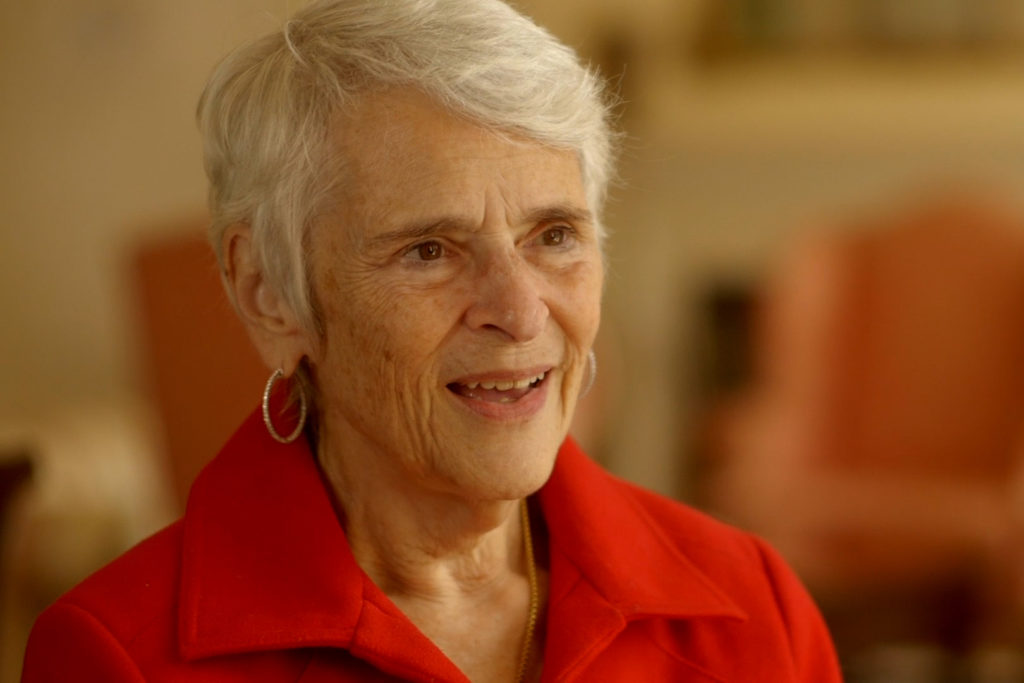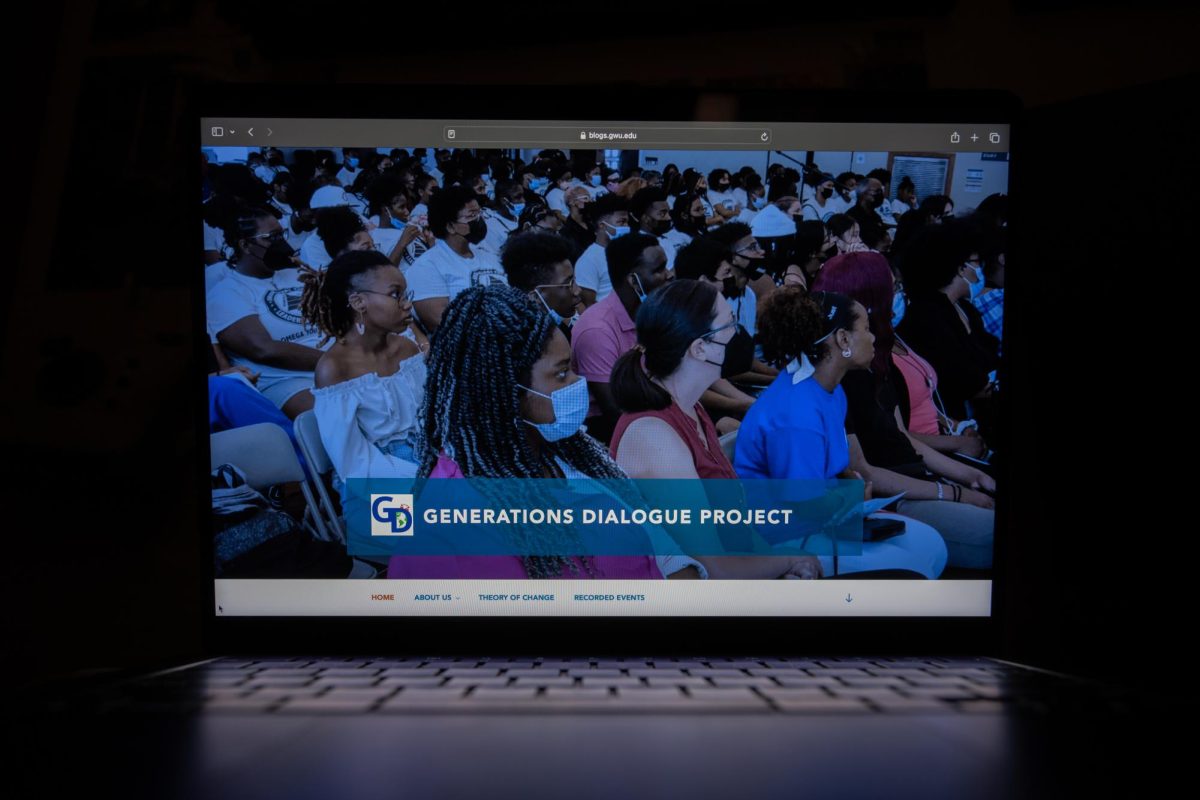The Center for Women in Engineering is increasing its activities and offerings this semester with new online resources and workshops.
The center, housed in the School of Engineering and Applied Science, now has its own office in Tompkins Hall and is hosting a series of career-focused workshops throughout the year. Faculty affiliated with the center said they are still defining some of their goals but are fundamentally focused on fighting the “old understanding” that engineering is a field for men by attracting more women to the discipline through the workshops.
Rachelle Heller, the center’s director and a research professor of computer science, said the center will finish off its series of six workshops on skills needed for careers in engineering next semester. She said the series will conclude with two events focused on salary negotiation and interview preparation.
“The SEAS Center for Women in Engineering has been ramping up, and we’re continuing to build our presence and programming,” Heller said in an email.
The center opened in May to hold discussions and professional development workshops to increase the number of female students and faculty in engineering. Female engineering students and faculty are more likely to face more obstacles in the workforce like pay inequality, according to the center’s website.
About 30 percent of students in SEAS are female, according to institutional data.
Heller said SEAS officials provided the center’s new space on the first floor of Tompkins, which allows for “foot traffic” from students between classes. She said the space is being used for small meetings among center members and to disseminate information about the center and provide snacks to interested students.
Heller said more than 25 people, including undergraduate and graduate students, have attended the center’s workshops so far. She added that staff members have hosted workshops on unconscious bias and microaggressions for SEAS faculty and student leaders. She also said they are holding similar ones for the school’s staff and hope to offer the workshops to alumni next semester.
She said the center brought on an assistant director, Taly Walsh, who began her position at the center last month. Walsh is responsible for managing the day-to-day operations of the center, according to the newsletter sent out by center staff earlier this month.
“Taly began on Oct. 7 and has been invaluable in setting up our new space, taking over the operation of the website, initiating systematic emails and supporting communication with the advisory boards and goal setting,” the newsletter states.
Mona Zaghloul, a professor of engineering and applied science, said the center’s programming focuses on showing women that they can have a successful career in engineering. She said many in the field believe women cannot be successful engineers, and many women do not realize they can have a “rewarding career” in the field.
She said the leaders want to attract both male and female students to their programs. Zaghloul added that several fields in STEM struggle to spark female interest in engineering, but the discipline at large is improving and is “certainly better than it was 10 years ago.”
“The plan is to show young women that engineering is a very rewarding career, and it is not only for men,” Zaghloul said.
She said she feels she has a “moral obligation” to be part of the center as a professor, engineer and a woman in STEM.
“I believe it will improve more, but it’s still not as diverse as we want it to be,” Zaghloul said. “What other people should know is that this program has a lot of information about how women can get involved in engineering professions.”
Kim Roddis, a professor of civil and environmental engineering, said the members’ main goal is to attract anybody who has the desire and willingness to put in the work to become an engineer.
Roddis said that like many other women in STEM, she has had personal experiences of being “the only woman in the room.” She said the center’s leaders want to reduce the incidents of that feeling by “leveraging the existing positive environment” that has “dramatically” increased the number of female students in SEAS.
The proportion of female students in SEAS has increased by about four percentage points in the past 10 years, according to institutional data.
Roddis said officials demonstrate their commitment to diversity and equality by offering many female faculty leadership roles at GW, including herself. She added that male students are welcome to use the center’s resources because it is beneficial for them to see strong women in leadership roles.
“The world needs more good engineers to solve the problems that are facing the world,” Roddis said. “It’s a good way to do well while you’re doing good.”








